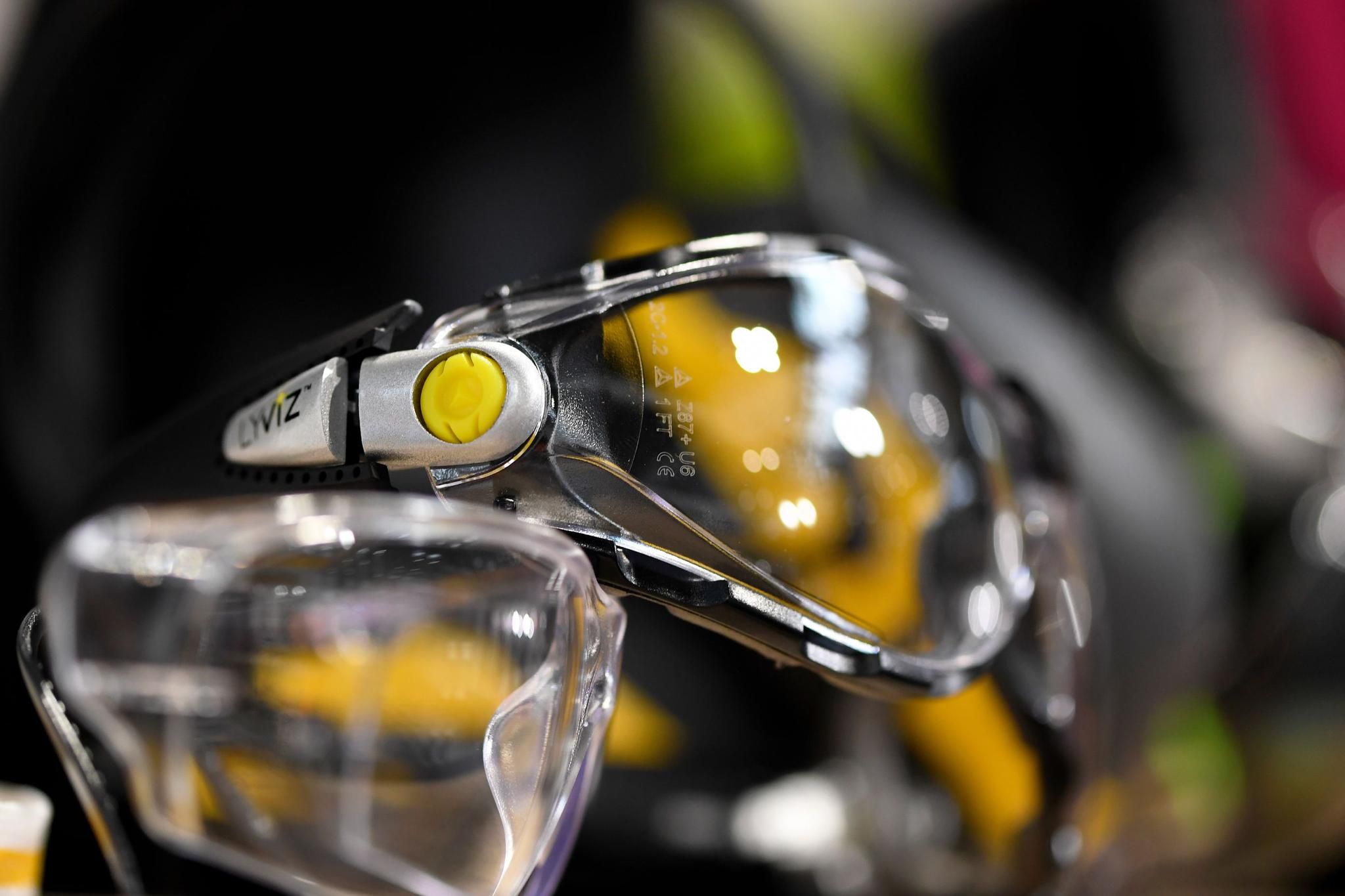CATU AFG-1001 Multi-Risk Arc Flash Full Coveralls, 12 ATPV (cal/c)
)
Arc flash is a sudden release of electrical energy caused by a fault or short circuit in an electrical system. This can result in a rapid and intense release of radiant energy, high temperatures, and pressure waves, posing a serious threat to workers in the vicinity.
These coveralls are particularly suitable for professionals working in environments where such risks are prevalent.
Key Features:
- Multi-Risk Protection: Safeguards against thermal arc hazards, heat, flames, welding hazards, and electrostatic discharge.
- High Collar and Adjustable Cuffs: Enhance protection up to the neck area.
- Reinforced Areas: Durable design with reinforcements at the knees, crotch, and bottom of the zipper.
- Multiple Pockets: Includes 1 chest band, 2 chest pockets, 2 Italian pockets, and 2 cargo pockets for ample storage.
- Standard Pictograms: Clearly visible on the left sleeve, indicating compliance with safety standards.
- Anti Panic Zip: Prevention of the worsening of an accident by quickly and easly removing the coverall thanks to the red anti-panic zip.
- Adjustable to all body types: elastic waist, adjustable length of inner leg (77 cm or 82 cm).
Standards Compliance:
- IEC 61482-2: Arc Protection Class 1 (APC 1) with an Arc Thermal Performance Value (ATPV) of 12 cal/cm².
- ISO 11612: Protection against heat and flames, meeting standards A B1 C1 F1.
- ISO 11611: Class 1 protection for welding and allied processes.
- EN 1149-5: Electrostatic dissipative protective clothing.
Arc flash coveralls are made from flame-resistant (FR) materials that can withstand the thermal effects of an arc flash. These coveralls provide full-body protection and are typically designed to meet specific safety standards and regulations. The key features of arc flash coveralls include:
-
Flame-Resistant Material: The coveralls are made from materials that do not ignite or continue to burn after the initial exposure to flames. Common flame-resistant materials include aramid fibers (such as Nomex), flame-resistant cotton, and other specialized FR fabrics.
-
Arc Rating: The arc rating of the coveralls indicates the level of protection they provide against the thermal hazards of an arc flash. Arc rating is measured in calories per square centimeter (cal/cm²) and is determined through testing according to industry standards.
-
Design and Fit: Arc flash coveralls are designed to cover the entire body, providing full-body protection. The design often includes features like covered zippers, storm flaps, and adjustable cuffs to minimize exposure.
-
Visibility: Some coveralls come with high-visibility features, such as reflective strips, to enhance visibility in low-light conditions.
-
Compliance with Standards: Arc flash coveralls should comply with relevant safety standards and regulations, such as NFPA 70E (Standard for Electrical Safety in the Workplace) in the United States or similar standards in other regions.
-
Additional Protection: Depending on the specific workplace hazards, additional features such as a hood, face shield, or integrated gloves may be included for extra protection.
It's crucial for workers to use personal protective equipment (PPE) appropriate for their specific tasks and to follow safety guidelines and regulations to mitigate the risks associated with electrical work and potential arc flash incidents.


.png)
.png)
.png)
.png)
